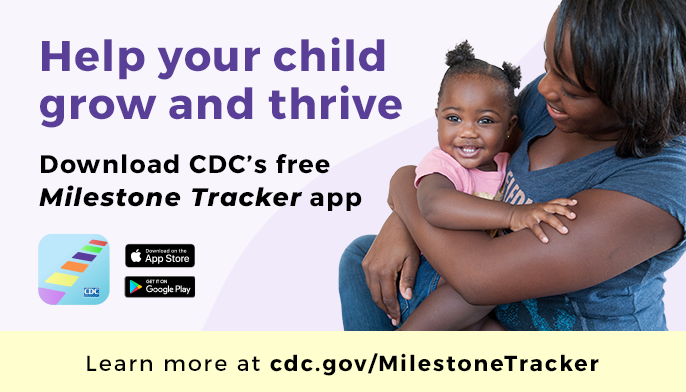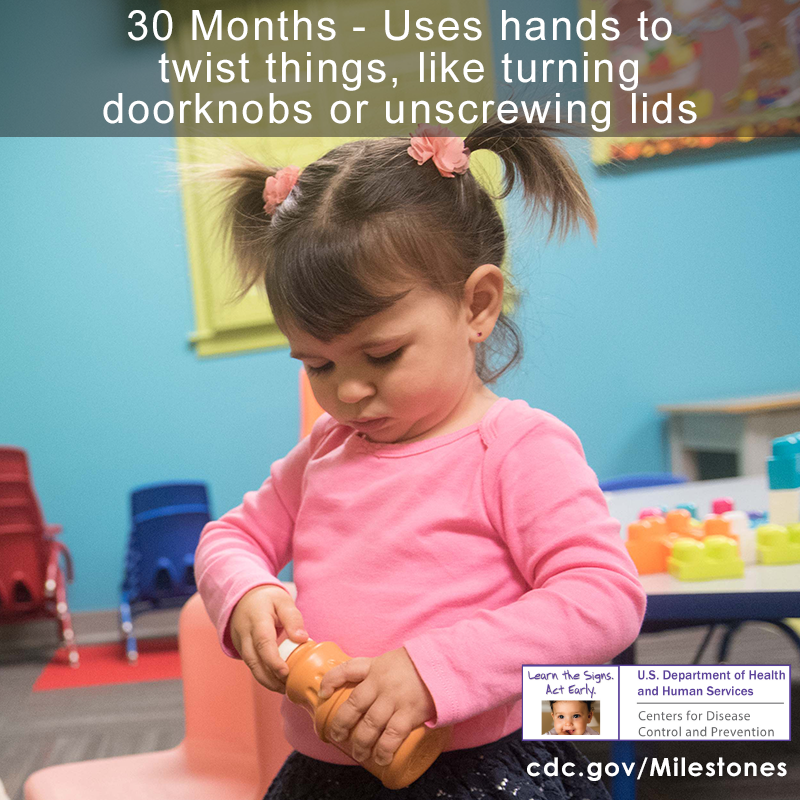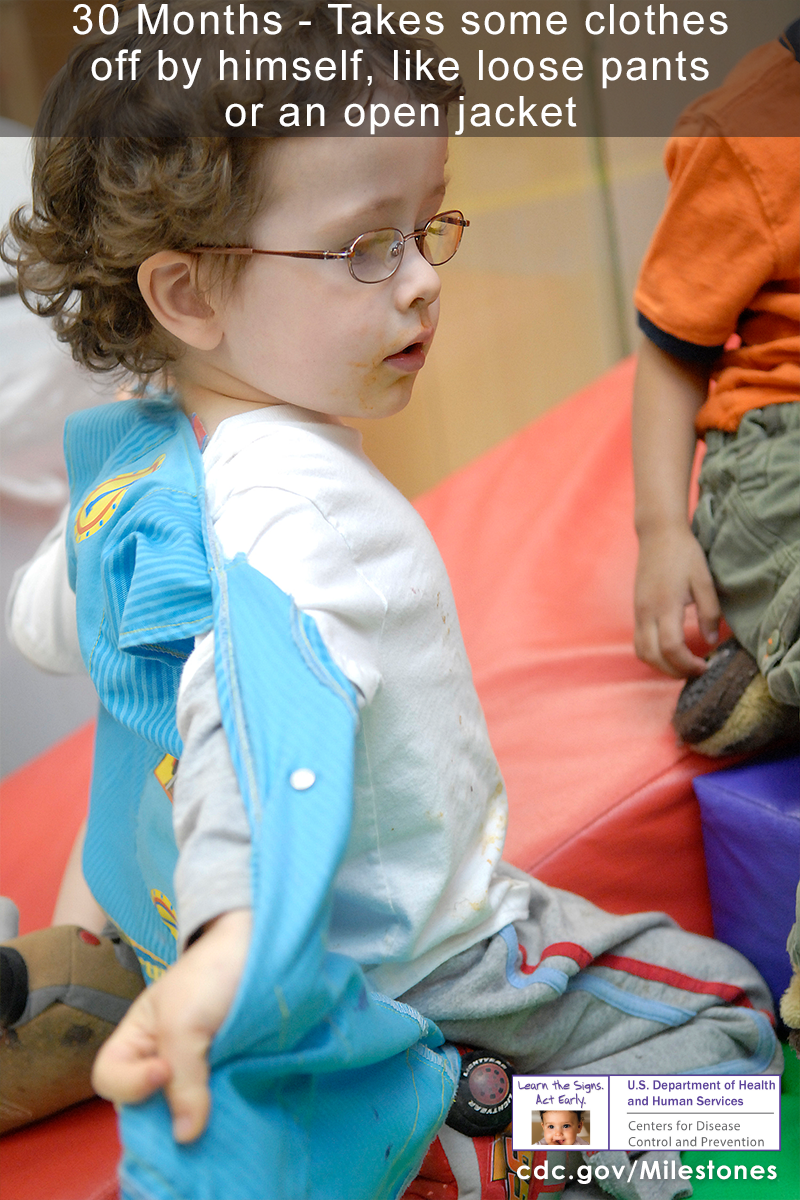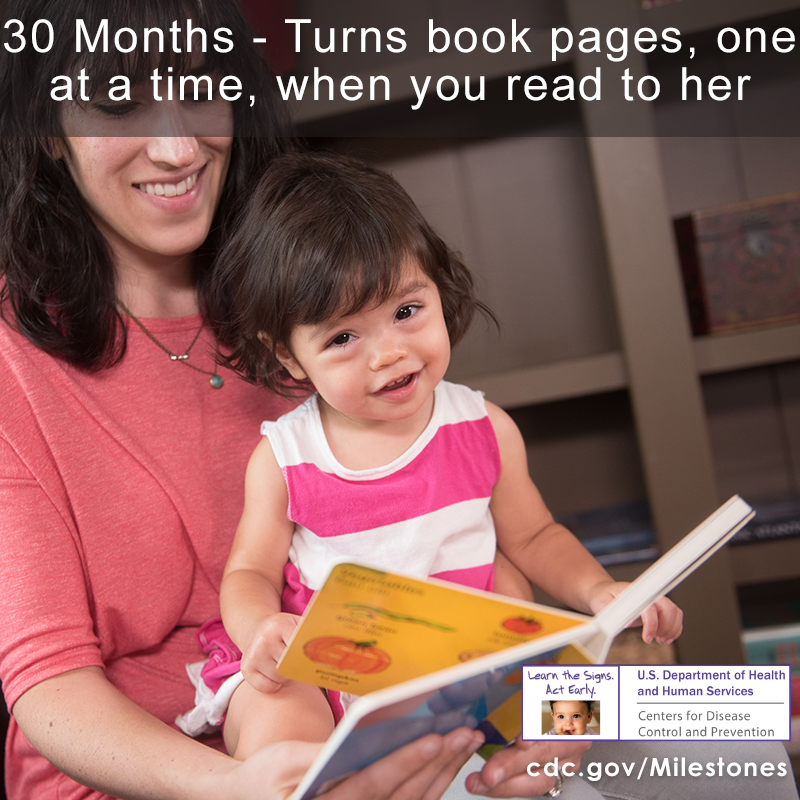What to know
- Learn about the developmental milestones that most children do by 30 months of age.
- See important information to share with your doctor.
- Find tips and activities you can do for your 30 month old.
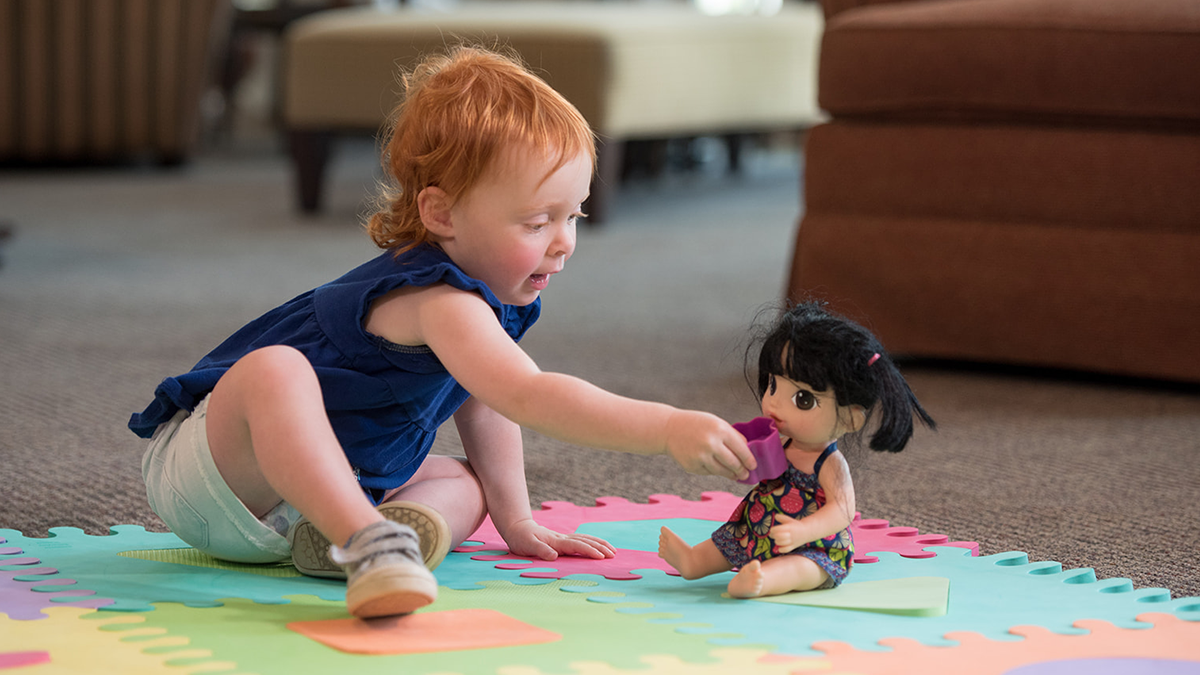
Important Milestones: Your Child By 30 Months
How your child plays, learns, speaks, acts, and moves offers important clues about your child's development. Developmental milestones are things most children (75% or more) can do by a certain age.
Check the milestones your child has reached by 30 months by completing a checklist with CDC's free Milestone Tracker mobile app, for iOS and Android devices, using the Digital Online Checklist, or by printing the checklist below.
"Learn the Signs. Act Early." materials are not a substitute for standardized, validated developmental screening tools.
What most children do by this age:
Click the links below to view a photo or video of each milestone.
Social/Emotional Milestones
- Plays next to other children and sometimes plays with them
- Shows you what she can do by saying, “Look at me!”
- Follows simple routines when told, like helping to pick up toys when you say, “It’s clean-up time.”
Language/Communication Milestones
- Says about 50 words
- Says two or more words together, with one action word, like “Doggie run”
- Names things in a book when you point and ask, “What is this?”
- Says words like “I,” “me,” or “we”
Cognitive Milestones (learning, thinking, problem-solving)
- Uses things to pretend, like feeding a block to a doll as if it were food
- Shows simple problem-solving skills, like standing on a small stool to reach something
- Follows two-step instructions like “Put the toy down and close the door.”
- Shows he knows at least one color, like pointing to a red crayon when you ask, “Which one is red?”
Movement/Physical Development Milestones
Other important things to share with the doctor:
- What are some things you and your child do together?
- What are some things your child likes to do?
- Is there anything your child does or does not do that concerns you?
- Has your child lost any skills he/she once had?
- Does your child have any special healthcare needs or was he/she born prematurely?
Tips and Activities
What You Can Do for Your 30 month old
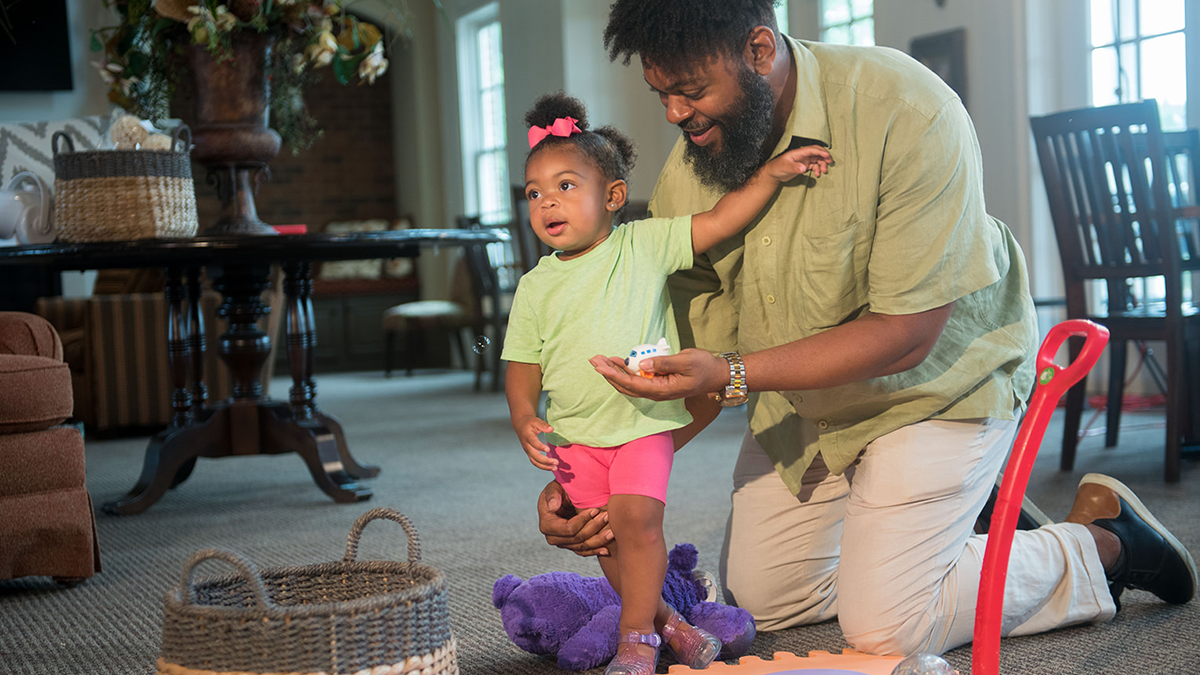
As your child's first teacher, you can help his or her learning and brain development. Try these simple tips and activities in a safe way. Talk with your child's doctor and teachers if you have questions or for more ideas on how to help your child's development.
- Encourage "free play," where your child can follow her interests, try new things, and use things in new ways.
- Use positive words and give more attention to behaviors you want to see ("wanted behaviors"), than to those you don't want to see. For example, say "I like how you gave Jordan the toy."
- Give your child food choices that are simple and healthy. Let him choose what to eat for a snack or what to wear. Limit choices to two or three.
- Special acknowledgments to the subject matter experts and others who contributed to the review of data and selection of developmental milestones, especially Paul H. Lipkin, MD, Michelle M. Macias, MD, Julie F. Pajek, PhD, Judith S. Shaw, EdD, MPH, RN, Karnesha Slaughter, MPH, Jane K. Squires, PhD, Toni M. Whitaker, MD, Lisa D. Wiggins, PhD, and Jennifer M. Zubler, MD.
- Sincere gratitude to Natalia Benza, MD and José O. Rodríguez, MD, MBA for their thoughtful review of the Spanish-language translation of these milestones.

